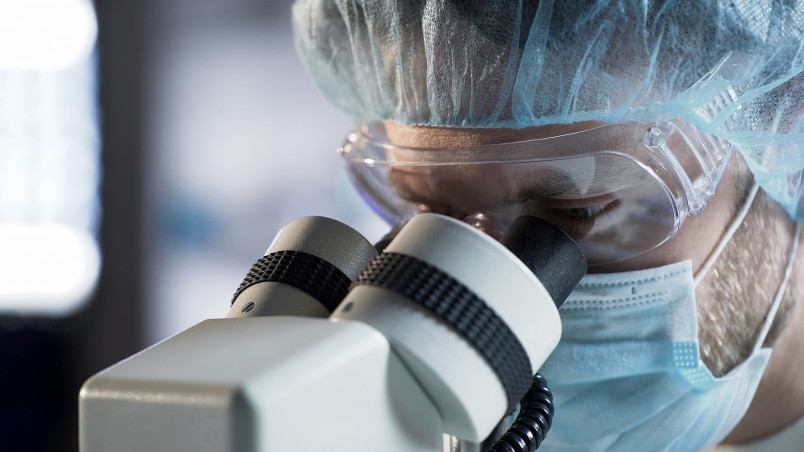The Ministry of Health and the Ministry of Primary Industries jointly published the New Zealand Antimicrobial Resistance Action Plan [1] in 2017 addressing the Government’s response to the growing public health threat of antimicrobial resistance (AMR). Supporting research to strengthen the knowledge and evidence base on AMR was highlighted as one of the five priority action areas.
Professor John Fraser of the University of Auckland is acknowledged as the discoverer of bacterial super-antigens, first identifying them in the late 1980s. The HRC has supported his research into the superbug Staphylococcus aureus (S. aureus) a major human pathogen with strains that are now resistant to most common antibiotics. The World Health Organization has named this superbug as a “bacteria of international concern” and the principal cause of hospital-acquired infections worldwide.
New Zealand holds the unenviable position of having the highest reported rates of S. aureus disease in the developed world and has experienced an alarmingly dramatic rise in an antibiotic-resistant strain of the disease. Alternative treatments are needed to complement new antibiotics that minimise the spread of resistance. Professor Fraser’s recent HRC-funded research has focused on identifying potential vaccines for Group A Streptococcus (GAS) infection which can cause rheumatic fever.
Due to the continued high rates of acute rheumatic fever in Māori and Pacific Island children in NZ and Aboriginal children in Australia, the HRC extended its support of Professor Fraser’s work in partnership with the NHMRC to jointly fund pre-clinical and early clinical research into the leading GAS vaccine candidates. The Trans-Tasman coalition has significantly improved the pathway for effective GAS vaccine development through the provision of a clinical ‘roadmap’ to fast-track vaccine development, an economic evaluation to encourage industry investment and has worked with WHO to re-established GAS vaccine development as a global priority.
The HRC continues to fund innovative research that could potentially transform how practitioners around the globe tackle AMR. Here are some examples:
- An Explorer Grant supporting the development of a unique real-time test that doctors could use on patients at their bedside to quickly find out if a strain of bacteria will be resistant to a particular antibiotic. Doctors are often not able to determine resistance in a timely way and therefore use broad-spectrum antibiotics that have a higher chance of working. Eventually, resistance to these important ‘last resort’ antibiotics develops. However, this could be prevented if clinicians had a reliable and cost-effective test to determine if certain bacteria are sensitive to specific drugs, meaning they could use a more targeted antibiotic.
- A Māori Health Research Scholarship supporting the examination of communication processes within bacteria that control the spread of antibiotic-resistant genes in order to subsequently reduce the threat of infectious disease among Māori communities. Māori are disproportionately burdened by infectious diseases and antibiotics are dispensed to a higher proportion of Māori than non-Māori.
- Support for a New Zealand-based project with strong international collaboration from Australia and the UK aimed at unmasking the genetic mutations that lead to the antibiotic resistance in the superbug Pseudomonas aeruginosa. P. aeruginosa causes hundreds of thousands of infections each year internationally, particularly in people with a wide range of predisposing conditions such as severe burn wounds, cancer, and chronic lung disease due to cystic fibrosis or other forms of bronchiectasis.
